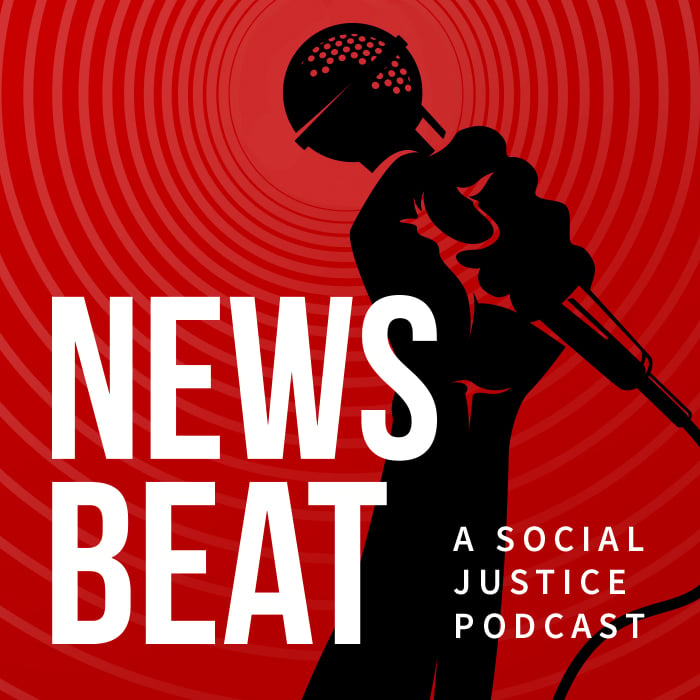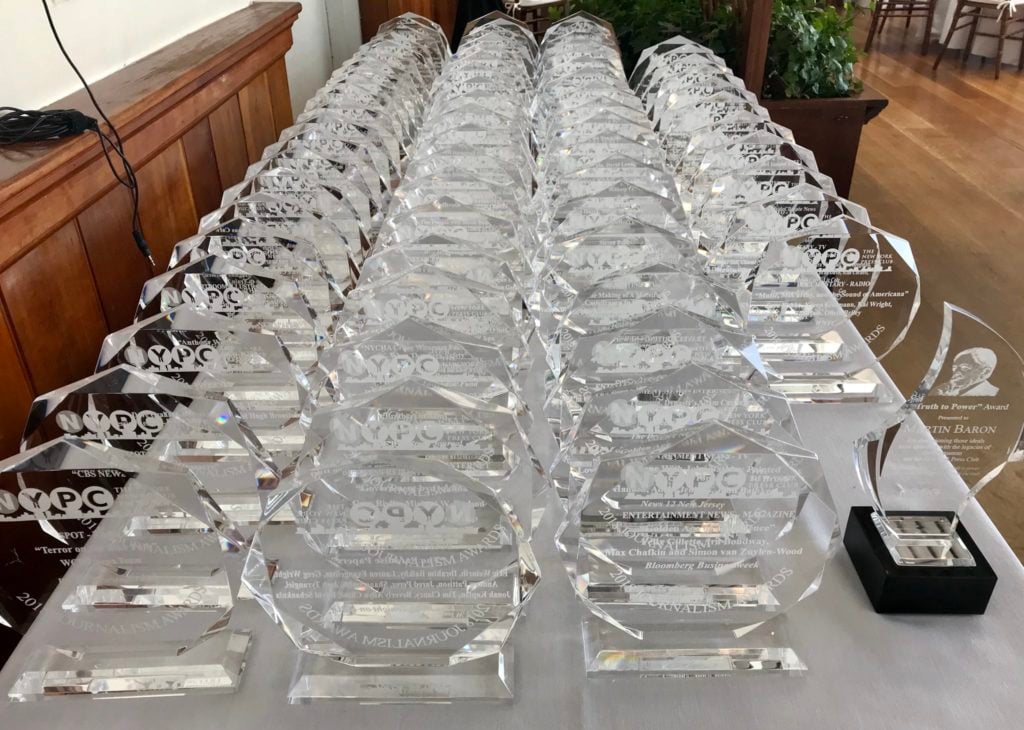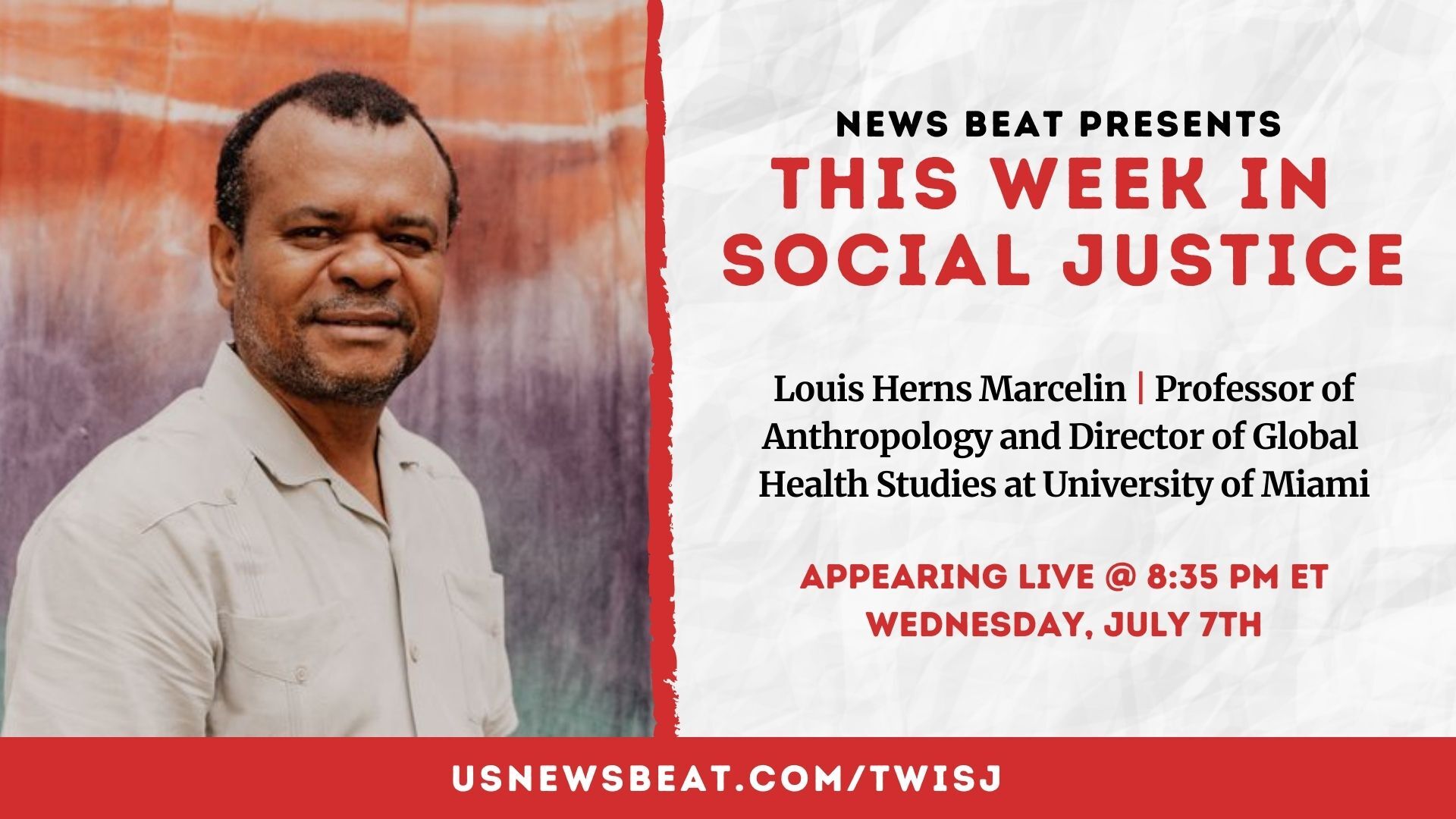While the world continues to express an outpouring of grief, horror and shock in the aftermath of the recent Atlanta-area massage parlor shootings that killed eight, including six Asian women, Asian American and Pacific Islanders (AAPI) and civil rights advocacy groups describe the slayings as merely the latest incarnation in a much larger, entranched pattern of discrimination.
Activists state the deadly rampage has the hallmarks of an anti-Asian attack because of America's history of racism, misogyny and sexual stereoptying of Asian women. The accused gunman, 21-year-old Robert Aaron Long, who is white, was charged with eight counts of murder and one count of aggravated assault.
The shootings have also sparked larger discussions about the way in which police investigate hate crimes and whether current laws sufficiently apply.
Subscribe to News Beat on your favorite pod app and sign up for our newsletter.
The Asian American experience includes a long history of discrimination and abuse, beginning in the 19th century with the slave trading of Chinese laborers and curtailing of Chinese immigration, which was preceded by a law called the Page Act of 1875 that effectively banned Chinese women coming to the United States for "immoral purposes." Perhaps the most notorious example of these prejudices has been the forced internment of more than 100,000 Japanese Americans during World War II. [Scroll down for a video and transcript describing Asian immigration to the United States.]
Later in the 20th century, the notion of "model minority" was adopted to highlight the relative prosperity of some Asian Americans as a way to drive a wedge between different racial and ethnic groups, specifically Black and Hispanics.
Those tensions, which have existed for decades and were heightened in the aftermath of the 1991 police beating of Rodney King in Los Angeles, emerged recently amid concern over anti-AAPI hate crimes and their motivation.
As the online news site Vox noted in a comprehensive piece examining the historic tension between these two communities: "While Vox found no evidence that Black Americans are predominantly responsible for this rise in attacks, or that they are particularly hostile to Asian Americans relative to the rest of the population, the narrative of Black-Asian hostility is rooted in immigration and economic policies that have historically pitted these communities against one another."
On the March 24 edition of 'This Week In Social Justice,' News Beat podcast's weekly livestream, Se Hyoung Yi, assistant professor of political science at University of Houston Clear Lake, explained that these tensions can be traced to the civil rights era concept of "model minority."
"So once this 'model minority' title is assigned to Asian Americans, now Asian Americans function as a buffer zone, or some scholars say a middleman, in between white majority and other 'non-model minorities' or 'problem minorities,'" he told us.
Yi co-authored an essay titled, "Demystifying Americanness: The Model Minority Myth and The Black-Korean Relationship," that examines the emergence of this myth and how it has been weaponized.
Here's a portion of our interview with Se Hyoung Yi in which he discusses the "model minority" myth, its origins, and how it was utilized as a "divide and conquer" strategy. The transcript has been edited for clarity. You can watch the full interview and show here. This Week In Social Justice streams every Wednesday at 8 p.m. EST. It is available on YouTube, Twitch and Facebook.
Origins of 'Model Minority'
Se Hyoung Yi: "I co authored the article with Dr. William Hoston at Prairie View A&M University. He's a professor of political science there, and then he is an Interim Associate Dean. Dr. Hoston and I had a lot of time to talk about the concept of 'model minority' and how this concept reshaped and reinvented the image of Asian Americans, and why this reshaped image of Asian Americans has been utilized as a tool to divide and conquer all different races, racial groups and ethnic groups in the United States. So basically, as I told you just before, the image of Asian Americans was basically very, very terrible, right? And then we might wonder when the image of Asian Americans started being shifted by the American society from 'yellow peril' to 'model minority,' right? So basically, the concept of 'model minority' was invented during the civil rights era in 1960s as a counter example to so-called 'problem minorities,' such as Blacks and Hispanics, who continuously challenges the system and disturbs the status quo.
Subscribe to News Beat on your favorite pod app and sign up for our newsletter.
"So in 1966, William Peterson, he was a [sociologist], he wrote an article titled, 'Success Story, Japanese-American Style.' That was the title of his article. And in that article, he sort of praised the success of Japanese-Americans in American society, and their ability to overcome prejudice, racism and the label of 'problem minority.' So basically, he was arguing that look at Japanese Americans, they went through a lot of difficult times—and the racism, just think about the Japanese internment during World War II, more than 120,000 Japanese in the United States, they were relocated involuntarily to more than 10 concentration camps throughout the United States. So basically, William Paterson was saying, 'Look at Japanese Americans and look at how successful they are. They went through all these different difficult times and racism and discrimination, but they didn't complain. So they didn't complain. The American system, instead, they worked hard, they tried to assimilate themselves into so-called mainstream society in the United States. Those Japanese Americans were eager and willing to accept and internalize dominant norms and culture of the United States.' So basically, actually at the very end of his article, William Peterson made a stark contrast between Japanese Americans and Black Americans.
"So the concept of 'model minority' sounds like a huge compliment to Asian Americans, right? So Asian Americans don't complain, they work hard, even when they are mistreated. They trust the American system, they try hard to be integrated to mainstream society. And just look at Asian Americans, their high economic, social and educational performances, even higher than white Americans. So basically, this 'model minority' stereotype says that the American system, of course, may not be perfect, but it is not the main problem that you cannot succeed in this country. Okay, so there is racism, right? But racism is not the main problem why you cannot succeed in this country, right. So once this 'model minority' title is assigned to Asian Americans, now Asian Americans function as a buffer zone, or some scholars say a middleman, in between white majority and other 'non-model minorities' or 'problem minorities.' So this in-between position of Asian Americans in the racial hierarchy in the United States has made Asian Americans particularly vulnerable to the discrimination by whites and misunderstanding from other minorities. So basically, here, the 'divide and conquer' tactic works, right?
"I even heard an argument that Asian Americans simply, they are simply free riders, basically, right? They just enjoy the benefits from the hard fight, fought by Black Americans over the past 400 years, right? Even though Asian Americans have never been really treated any better than Black Americans, right? So this kind of image of 'model minority' works as a way to strengthen the legitimacy of American system, and second, it works as a part of 'divide and conquer' strategy."
Asian Immigration to the United States
"The first national census in the United States was conducted in 1830. At that time, according to the census record, there were only three Chinese [people] in the United States. But the the coolie laborers, coolie means actually salary. So basically, these coolie laborers, were wage workers but they were traded and worked just like other slaves and Black slaves. These coolie laborers were already part of the virtual slave trade in the British colonies, in Cuba, and then the West Indies and South America throughout the 19th century. The first wave of Asian American immigration into the United States is known to take place around 1850s with the California Gold Rush. Of course, at that time, China was about to collapse, especially when they lost the Opium War to the British Empire. So basically, a lot of Chinese people, especially in the Cantonese area, they struggled a lot. They were brought to the United States, basically as slave workers. And then the Chinese population starts spiking, especially after the Civil War. So in some sense in nature, the slave labor was replaced by penal labor in the south. But in other parts of the United States, basically, Asian immigrants and Chinese workers, they replaced former slaves especially during the construction of transcontinental railroads. So the American government was really worried about these new, foreign immigrants and their presence, and then Americans perceived the presence of American Asian Americans as a threat to the dominant norm and culture and social system in the United States."
Page Act and Sexual Stereotyping of Asian Women
"So since [the] 1870s, Congress started legislating a lot of laws that denied Asian immigrants path to citizenship. So I want to discuss two specific laws. The first one is the Chinese Exclusion Act in 1882. Basically, this law banned any kind of immigration from China for 10 years. And this law was supposed to be renewed every 10 years. But actually, in 1902, Congress made it permanent. So basically, Congress passed a law that permanently banned any Chinese immigration to the United States. But I would like to talk a little bit more about the other law that is [the] 1875 Page Law, because I think this law is actually related to the tragedy in Atlanta, essentially stereotyping Asian women as a sex object. This is a very disturbing topic."
"So what is the Page law? This law prohibited the importation of unfree laborers, and women, Asian women brought for immoral purposes. This law specifically targets mostly Chinese and Japanese women. The law was based upon an assumption that those Asian women, they were basically prostitutes, and their presence will be really harmful to the moral standard of the United States. But actually, the real intent of this law was to create a stereotype, a strict stereotype about Asian women being a sex object. Of course at that time, not all Asian women were prostitutes. And basically, the reason why some Asian women had to go to the United States was because Asian workers, working hard to construct a railroad at a time, they could not find any American women to marry. If a white woman married an Asian man at that time, she would lose her citizenship and naturally, basically, their children would not be citizens, actually. So even now we see if you closely follow how this tragedy in Atlanta was framed and described by the mass media, you see similar types of sexual stereotyping against Asian women."
Watch News Beat podcast's 'This Week In Social Justice' livestream every Wednesday at 8 p.m. EST on YouTube, Twitch and Facebook. Check out the full March 24 show here.



.jpg)





